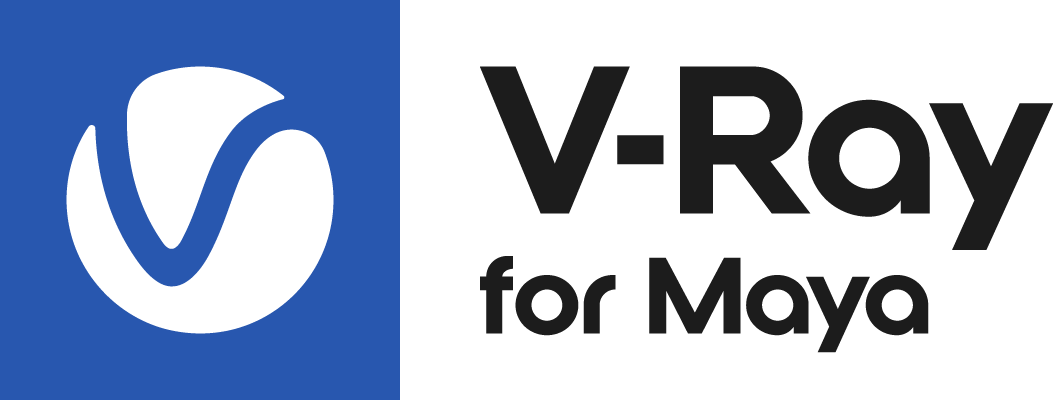This page provides information on the Camera settings attributes that are part of the V-Ray Camera Attributes.
Overview
The Camera Settings Additional Attributes allow you to override some of the camera settings specified in Camera Overrides. In this way, you can have different camera settings for each camera in the scene. The options here control the way the geometry is projected onto the image.
UI Path: ||Select camera|| > Attribute Editor > Attributes menu > VRay > Camera settings
Camera Settings Attributes
Override Global Camera Settings – Overrides the global camera settings for the current camera. Must be checked in order to access the settings on this rollout.
Type – The cameras in V-Ray generally define the rays that are cast into the scene, which essentially is how the scene is projected onto the screen. V-Ray supports several camera types: Standard,Spherical, Cylindrical (point), Cylindrical (ortho), Box and Fish eye. Orthographic views are supported too. From this list you can select the type of the camera. For more information, see the Camera Types and Camera Types Explained examples below.
Standard – Allows for the current scene camera to be used (usually a pinhole camera).
Spherical – A camera with a spherically shaped lens.
Cylindrical (point) – This camera casts all rays from the center of a cylinder. In the vertical direction, the camera acts as a pinhole camera, and in the horizontal direction, the camera acts as a spherical camera.
Cylindrical (ortho) – This camera casts all rays are cast from the center of a cylinder. In the vertical direction, the camera acts as an orthographic view, and in the horizontal direction, the camera acts as a spherical camera.
Box – Six standard cameras placed on the sides of a box. This type of camera is excellent for generation of environment maps for cube mapping and generates a vertical cross format image.
Fish eye – This special type of camera captures the scene as if it is a pinhole camera pointed at a 100% reflective sphere that reflects the scene back into the camera's shutter, as with using a light probe in HDRI photography. You can use the Dist and FOV settings to control which part of the sphere is captured by the camera. Note that the virtual reflective sphere has always a radius of 1.0.
Warped spherical (old-style) – A spherical camera with slightly different mapping formula than the Spherical camera.
Orthogonal – An orthographic camera enabling flat, non-perspective views.
Pinhole – Overrides the scene camera to force it to be a pinhole camera.
Spherical panorama – Spherical camera with independent horizontal and vertical FOV selection that is useful for generating latlong images for spherical VR use.
Cube6x1 – A variant of the Box camera with the cube sides arranged in a single row. Unlike the Box camera's output, Cube6x1 does not produce an empty space in the output image and is useful in generating cubic VR output.
Override FOV – Override Maya's FOV angle. This is because some V-Ray camera types can take FOV ranges from 0 to 360 degrees, whereas the cameras in Maya® are limited to 180 degrees.
FOV – Specifies the field-of-view angle when the current camera type supports FOV. This option is available only when Override FOV is enabled.
Vertical FOV – Specifies the field-of-view angle in a vertical direction.
Height – Specifies the height of the Cylindrical (ortho) camera. This setting is available only when the Type is set to Cylindrical (ortho).
Auto-fit – This setting controls the auto-fit option of the Fish-eye camera. When Auto-fit is enabled V-Ray calculates the Dist value automatically so that the rendered image fits horizontally with the image's dimensions.
Dist – Applies only to the Fish eye camera. The Fish-eye camera is simulated as a Standard camera pointed to an absolutely reflective sphere (with a radius of 1.0) that reflects the scene into the camera's shutter. The Dist value controls how far the camera is from the sphere's center (which is how much of the sphere will be captured by the camera). This setting has no effect when the Auto-fit option is enabled.
Curve – Controls the degree of warping for a Fish eye camera. A value of 1.0 corresponds to a real world fish-eye camera. As the value approaches 0.0 the warping is increased. Technically, this value controls the angle at which rays are reflected by the virtual sphere of the camera.
Example: Camera Types
The images below show the differences between camera types:
Standard camera
Spherical camera
Cylindrical camera
Orthographic cylinder
Box camera
Fish eye camera
Example: Camera Types Explained
This example shows how the rays for different camera types are generated. The red arcs in the diagrams correspond to the FOV angles.
Standard
Spherical
Cylindrical (point)
Cylindrical (ortho)
Box
Fish eye














